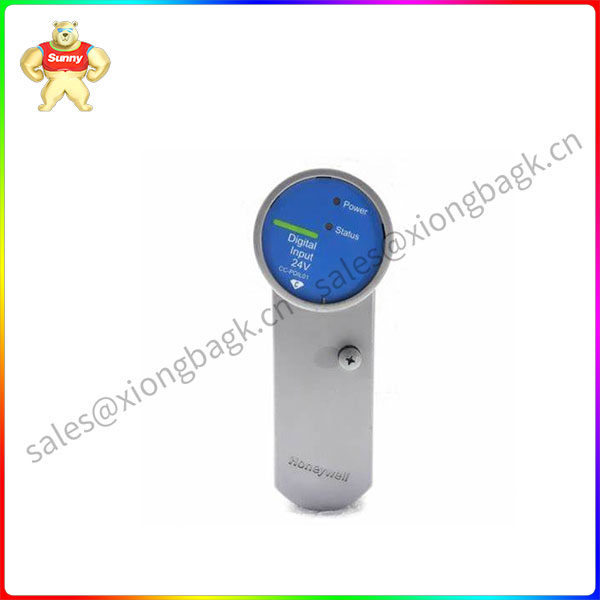In the era of digital intelligence industry, 80% of data and computing needs will be at the edge. In the process of meeting the innovation and change of various industries, edge computing meets the differentiated needs of a large number of different aspects such as low delay, large bandwidth, intelligent analysis, massive data, security and reliability, and efficient computing power.
Objectively speaking, although the edge computing market is very windy, it has high requirements for industrial collaboration and enterprise technology base, including computing power supply ability, “end to end cloud” synergy ability and consulting service ability. At the present stage, how to achieve efficient cloud-edge collaboration is one of the important pain points for supply enterprises and downstream end users.
As early as mid-2022, when the reporter had an in-depth conversation with Xu Jiehong, general manager of Advantech (China) embedded Internet of Things platform business group, he introduced Advantech’s layout on edge intelligence in detail from a macro perspective, and also briefly introduced the Jelina Internet of Things management platform that Advantech is researching. In order to more in-depth analysis of Advantech’s layout in the edge intelligence business, China Industrial Control Network recently interviewed Wang Ruilin, product manager of Advantech (China) embedded Internet of Things platform business group, for the “edge to cloud” Internet of Things hardware and software management platform Jelina (hereinafter referred to as: Jelina) for a full range of exclusive exchanges.
The industry needs Jelina to demonstrate comprehensive edge intelligence management capabilities
As mentioned above, the development of edge computing has become a consensus, but there is a certain threshold for this consensus to really be implemented. For example, the market cognition from the cloud to the edge deployment, the change of business path, the balance point of cloud edge collaboration, the stability of the edge management platform, and so on, are not easy to solve the development resistance.

CC-PDIS01
The product manager said: “Compared with the past, we have recently contacted customers for edge device management more and more demand, the number of devices is also growing at a high speed, and some will even reach more than 100,000 units of access and management needs.” Jelina was born to meet customers’ needs for efficient and centralized management of decentralized edge devices, while helping customers reduce the additional management costs associated with decentralized devices.”
This is consistent with our judgment that the demand for edge device management is increasing. According to the report of Industrial Control Network Research Institute, the domestic edge computing market size in 2021 has been close to 43 billion yuan, of which the edge hardware market size is about 28.2 billion yuan, and the edge software and service market size is about 14.8 billion yuan. In addition, the market size of China’s edge computing industry is expected to grow at a compound annual rate of 46.81% from 2021 to 2025, and the overall scale of the edge computing market is expected to reach about 19.88 billion yuan in 2025.
Going back to the product itself, we take a step forward, and stability is the number one consideration for industrial companies when choosing products and application deployments. As an important bridge between edge devices and cloud platforms, Jelina’s stable management ability is self-evident.
In this regard, the product manager introduced that Jelina, after a long-term maintenance and demonstration process, and carried out exclusive innovation in technology, by separating the data from the upper layer operation, not only to ensure data security, edge stability, but also to ensure easy operation and convenient presentation effect.
In addition to stability, rapid deployment, multi-scenario application and service model innovation will directly affect the experience and effect of SI and end users. It should be noted here that Jelina is a management platform for the edge firmware and applications based on a “cloud-native” architecture.
Why do we mention “cloud native” here? Because “cloud native” can shield the differences and complexity of the underlying infrastructure to a certain extent, it supports the non-differential deployment and operation of industry applications on heterogeneous edge computing nodes. In popular terms, it is possible to match the service environment with the best operating efficiency according to the needs of industry applications. At the same time, the technical architecture of “edge computing + cloud native” can realize the containerization and grid of edge services, and then realize the rapid deployment and continuous integration from the development environment to the production environment.
 中文版
中文版




